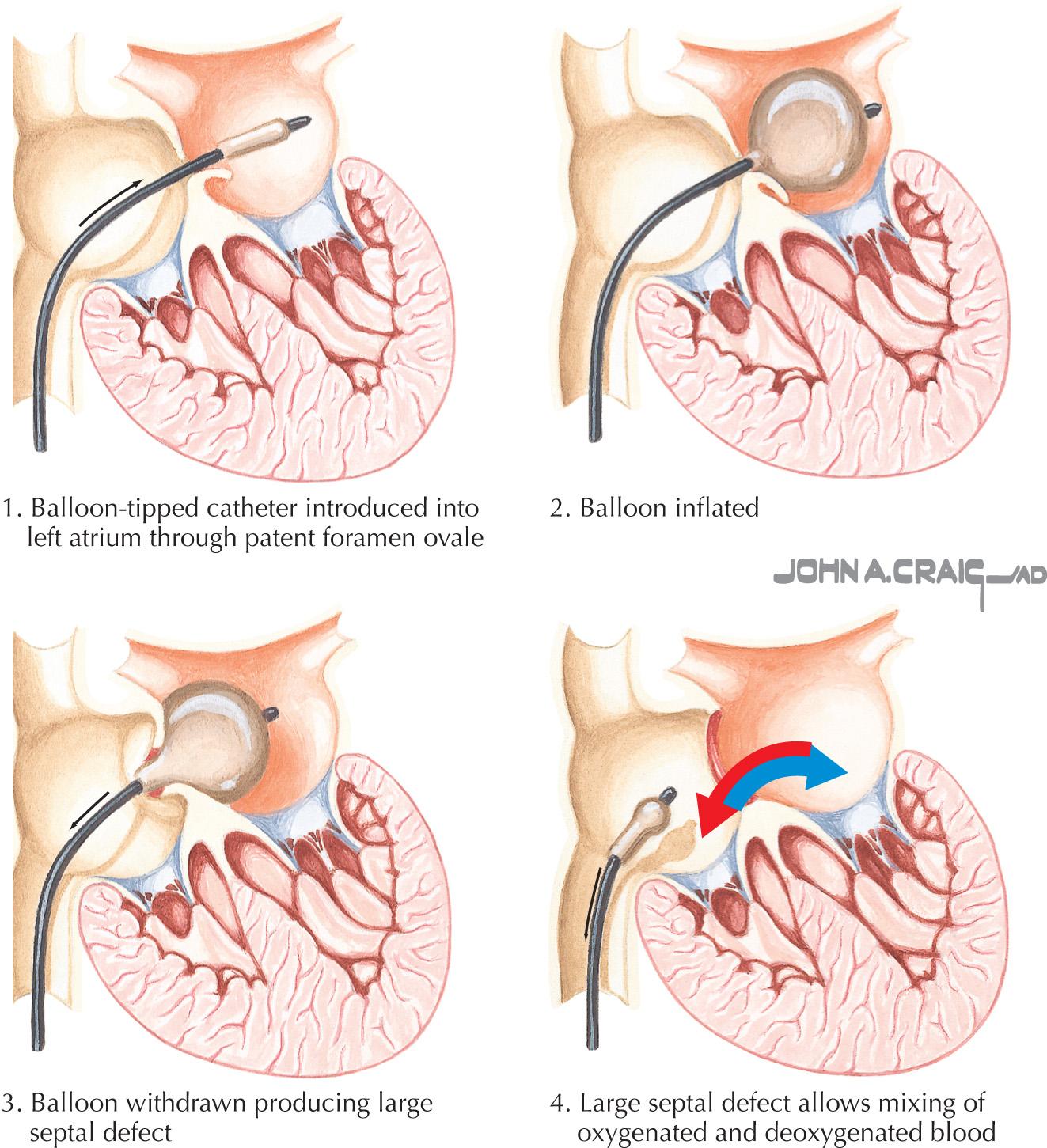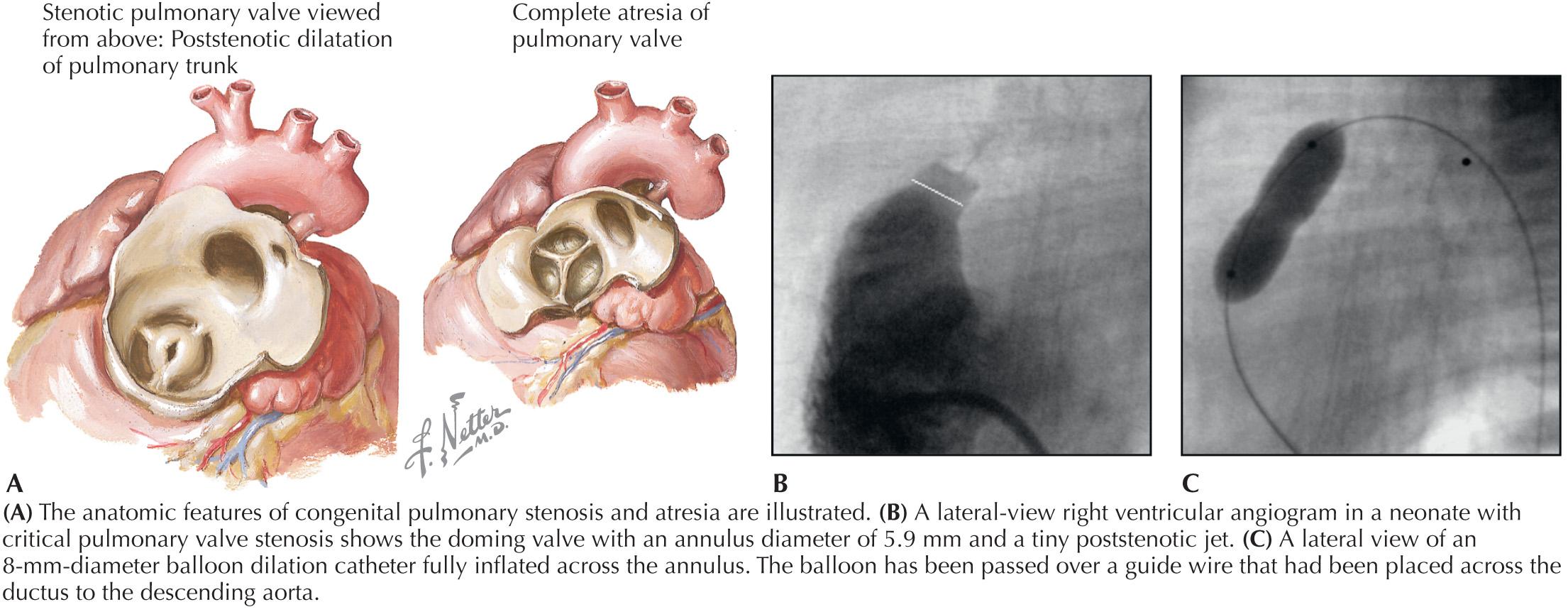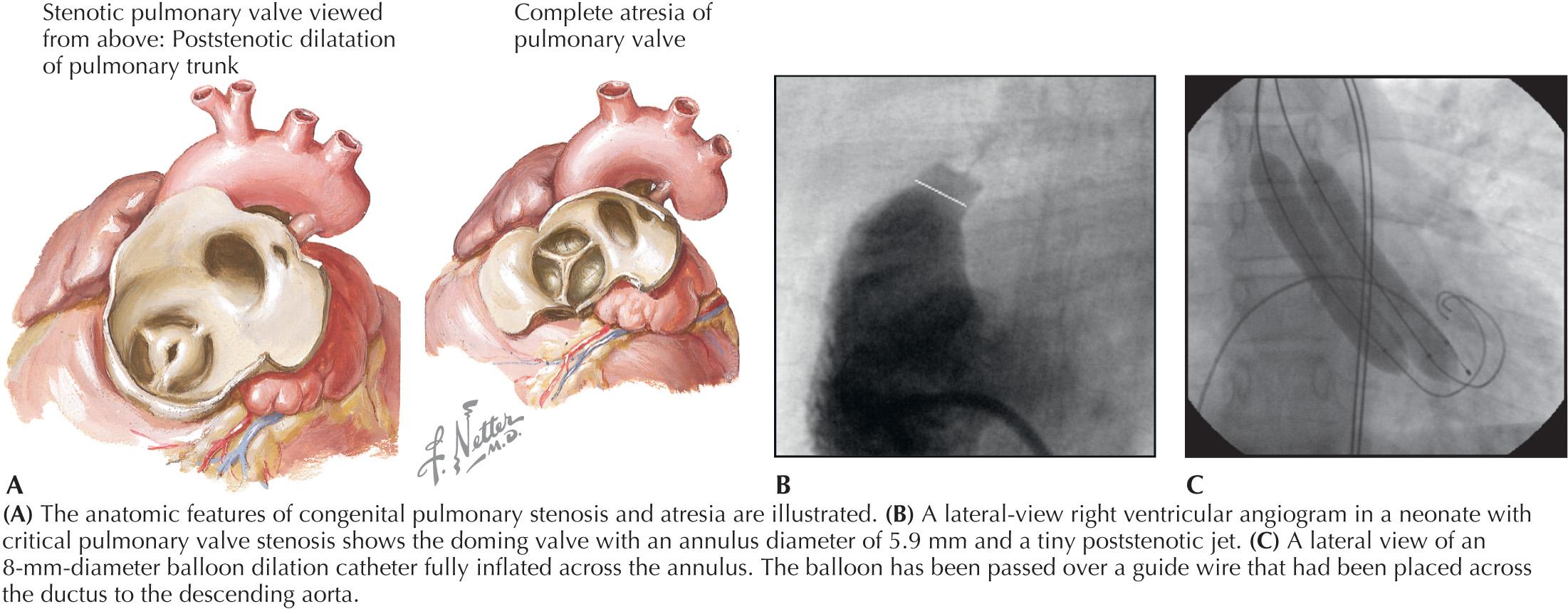Physical Address
304 North Cardinal St.
Dorchester Center, MA 02124
Sometime at the turn of the millennium, due to improved treatment and outcomes, the prevalence of congenital heart disease in adults surpassed that of children. With longer term survival, this disproportionate share of adult patients will continue to grow. Many of these patients will have stable mild disease with a favorable natural history. However, a substantial number of patients will require close surveillance and specialized treatment in adult life due to late presentation, the cumulative effects of chronically altered hemodynamics, postoperative residual abnormalities, or the additional burden of acquired disease. In many cases, these patients are amenable to catheter-based therapies that may replace or minimize the need for open chest surgical interventions and associated morbidity. The techniques for these procedures are similar or identical to those used in children with congenital heart disease but with different frequencies of application. The training and experience essential to performing these procedures are generally in the province of pediatric interventional cardiologists, and with a few exceptions, rarely in the practice of adult interventionalists.
Although this procedure is common in the adult population, it is included here for several reasons. The cyanotic newborn with transposition of the great arteries is perhaps the best example of dramatically improved survival that results in a growing population of adult congenital heart patients. Survival to 1 year of age improved from <20% to >90% with the introduction of the Rashkind procedure; subsequent surgical correction and long-term survival are currently the norm. Also, the daring procedure introduced by William J. , ushered in the era of interventional cardiac catheterization and remains an important adjunct today. A large balloon is passed transvenously across the foramen ovale and pulled forcefully across the atrial septum, tearing the thin tissue in the floor of the oval fossa, thereby creating a larger atrial septal defect (ASD), thus improving intracardiac mixing and systemic oxygen delivery. Balloon atrial septostomy is safely performed at the bedside under echocardiographic guidance ( Fig. 52.1 and ).

Percutaneous balloon valvuloplasty is a commonly performed procedure for congenital semilunar valve stenosis early in life, but in adults, the disease is usually mild or has been successfully treated. Occasionally, adults may require intervention due to hemodynamic changes secondary to calcific degeneration or long-standing burden of disease.
Balloon pulmonary valvuloplasty is performed using a balloon diameter 20% to 30% greater than the diameter of the valve annulus, or if the annulus is large, two balloons may be used simultaneously ( Fig. 52.2 ). Unless there is severe valve dysplasia, calcification, or annular hypoplasia, this technique is highly successful, durable, and has replaced surgical intervention in most cases. Residual gradients are typically <20 mm Hg, with mild nonprogressive pulmonary regurgitation. In selected neonates, the procedure is used to treat pulmonary atresia with an intact ventricular septum after initial radiofrequency perforation of the atretic valve membrane.

Bicuspid aortic valve is the most common congenital heart malformation. When significant commissural fusion and leaflet thickening are associated, the severity of stenosis often justifies intervention early in life, and balloon valvuloplasty can delay valve replacement surgery for decades. Avoidance of a prosthetic valve and associated anticoagulation is particularly appealing during the years of athletic participation and childbearing. When significant calcific degeneration is associated late in life, surgical valve replacement or transcatheter aortic valve replacement is preferred therapy. Balloon aortic valvuloplasty is performed with a balloon to valve annulus diameter ratio of 0.9 to 1.0. In teenagers and young adults, the large valve annulus often requires the double balloon technique (sum of balloon diameters/annulus ratio ~ 1.3) assisted by rapid pacing ( Fig. 52.3 ). Gradient reductions of 50% to 70% are typical, usually with a well-tolerated degree of aortic regurgitation. Less than one-half of patients will require surgical aortic valve replacement within 10 years of follow-up.

Many surgical repairs (e.g., for pulmonary atresia, truncus arteriosus, the Rastelli repair for complex transposition of the great arteries, and the Ross pulmonary autograft procedure for aortic valve disease) require placement of a right ventricular to pulmonary artery conduit. Tetralogy of Fallot repair results in residual pulmonary valve dysfunction. Long-standing residual pulmonary valve or conduit dysfunction leads to late complications, namely, right ventricular failure and life-threatening arrhythmias. Repeated surgical replacement of conduits carries morbidity, has limited durability, and confers a cumulative risk of late arrhythmogenic death. Transcatheter implantation of a pulmonary valve produces an excellent hemodynamic result in most cases, allows a delay in surgical intervention, and minimizes the number of surgical procedures in the lifetime of a patient. Two transcatheter valves have received Food and Drug Administration approval in the United States, the Medtronic Melody valve (Medtronic, St. Paul, Minnesota) and the Edwards Sapien valve (Edwards Lifesciences, Irvington, California) ( ). Because the routine practice of prestenting has been adopted, the early problems of stent fracture and restenosis are now rare, and freedom from reintervention for the Melody valve is 89% at 7 years of follow-up. These valves are indicated for patients with a preexisting surgically implanted dysfunctional conduit (>16 mm) or bioprosthetic valve, but occasional patients with repaired tetralogy of Fallot and an intact pulmonary annulus (<24 mm) may be considered.
Become a Clinical Tree membership for Full access and enjoy Unlimited articles
If you are a member. Log in here